Memorial Day is more than just a three-day weekend. These 13 sites across the country (among hundreds more) remind us of Americans’ who made the ultimate sacrifice.
[roundup-item]
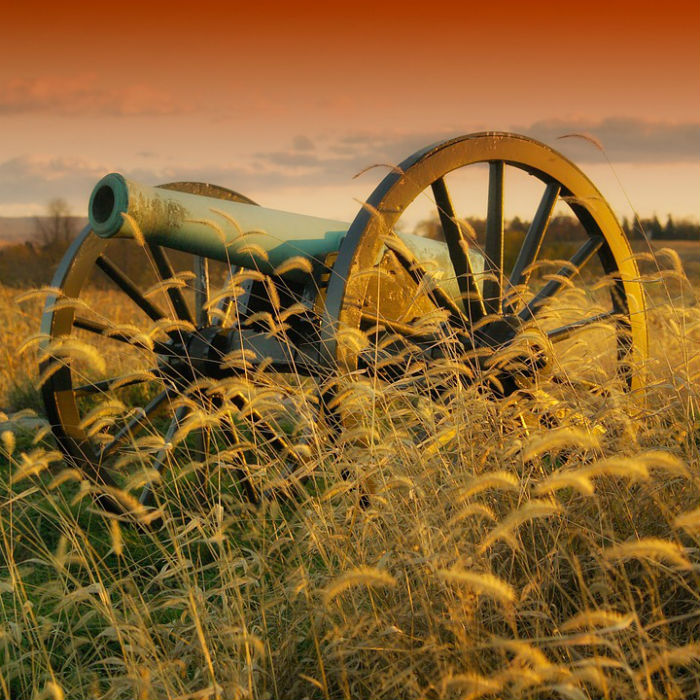
Antietam – Sharpsburg, Md.
We begin a tour of our country’s historic battlegrounds on the East Coast. On September 17, 1862, Antietam became the site of the bloodiest single-day battle in U.S. history, with 23,000 Union and Confederate fighters giving up their lives. Walk with park rangers through the battlefield, or drive through the park. Entrance fee: $5.
[/roundup-item]
[roundup-item]
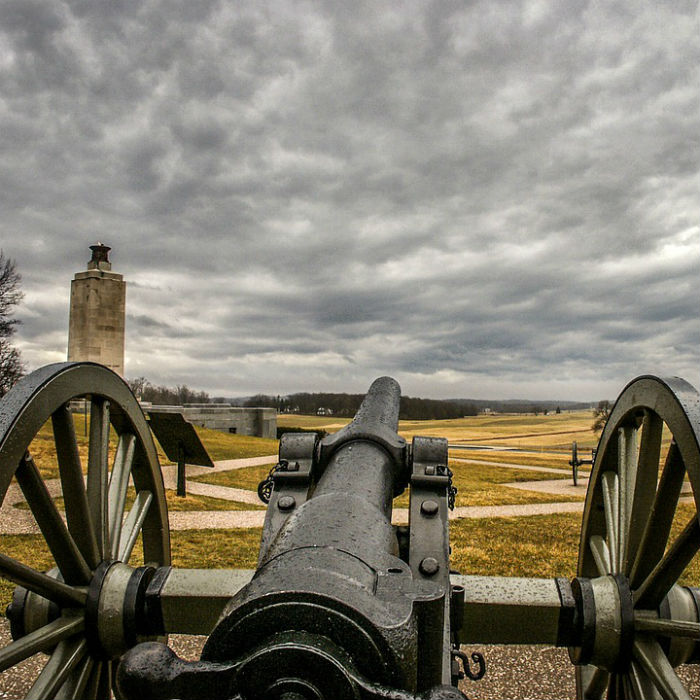
Gettysburg, Penn.
Perhaps nowhere is Memorial Day more appropriately observed than at the site of the bloodiest conflict to ever scar American soil – the Gettysburg National Military Park. Over the three days of battle fought on these hallowed grounds, some 50,000 troops lost their lives as history took a fateful turn in favor of the Union Army. Entrance fee: Free.
[/roundup-item]
[roundup-item]
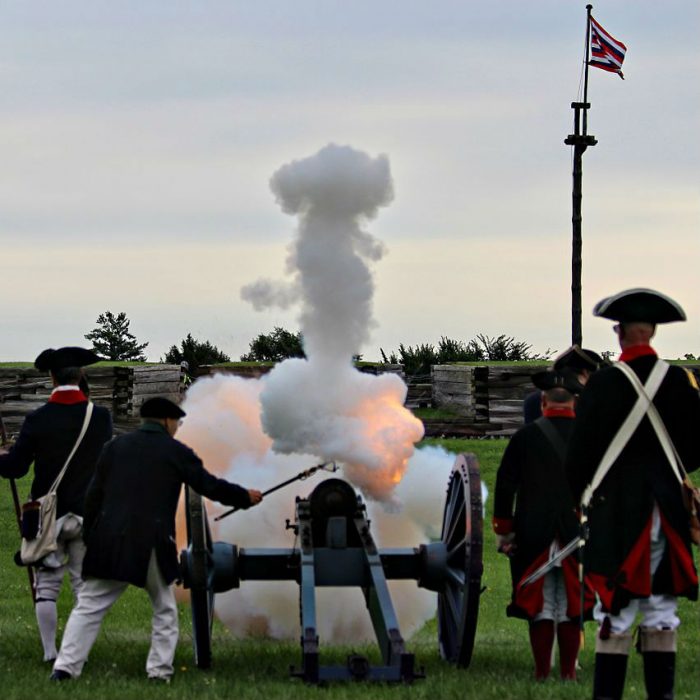
Fort Stanwix – Rome, N.Y.
An 18th-century, star-shaped outpost, Fort Stanwix played a crucial role in protecting the vital Oneida Carrying Place during the French and Indian War – living histories, a museum, and the occasional cannon firing await. Entrance fee: Free.
[/roundup-item]
[roundup-item]
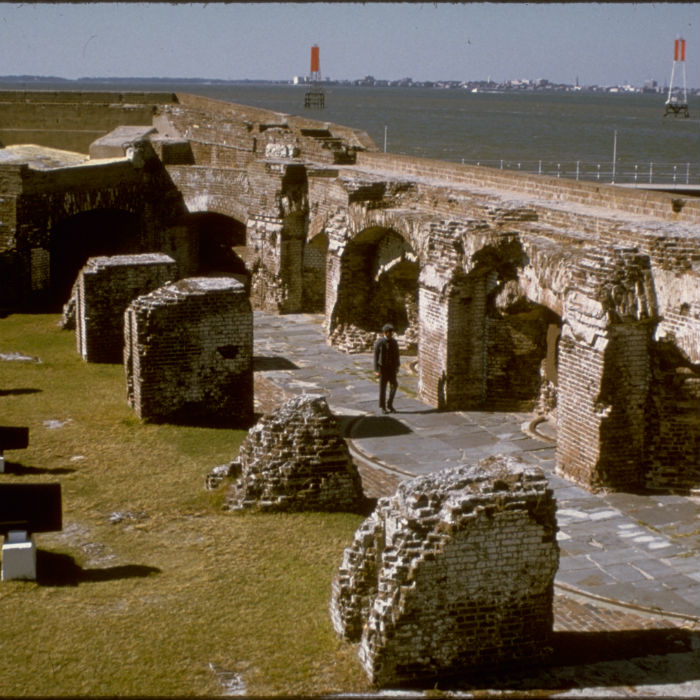
Fort Sumter – Charleston, S.C.
We move south, to the home to the very first shots of the American Civil War. Fort Sumter stands as perhaps the most tangible reminders of this conflict in U.S. history. Visiting the fort is a full-day experience, with tours by boat and foot, and numerous food and gift options for visitors. Entrance fee: $12-$19.50.
[/roundup-item]
[roundup-item]
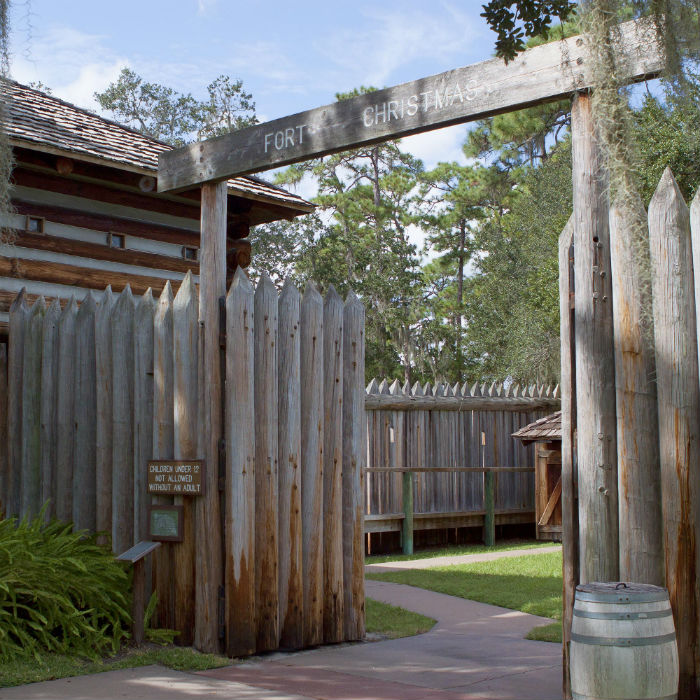
Fort Christmas – Christmas, Fla.
Continuing down the coast is the small but storied Fort Christmas. Construction of this pre-Civil War fort began on Christmas Day (lending Fort Christmas its name) by Army soldiers and a collection of Alabama volunteers as an outpost during the Second Seminole War. The war would become one of the most gruesome conflicts against the Native American people. Entrance fee: Free.
[/roundup-item]
[roundup-item]
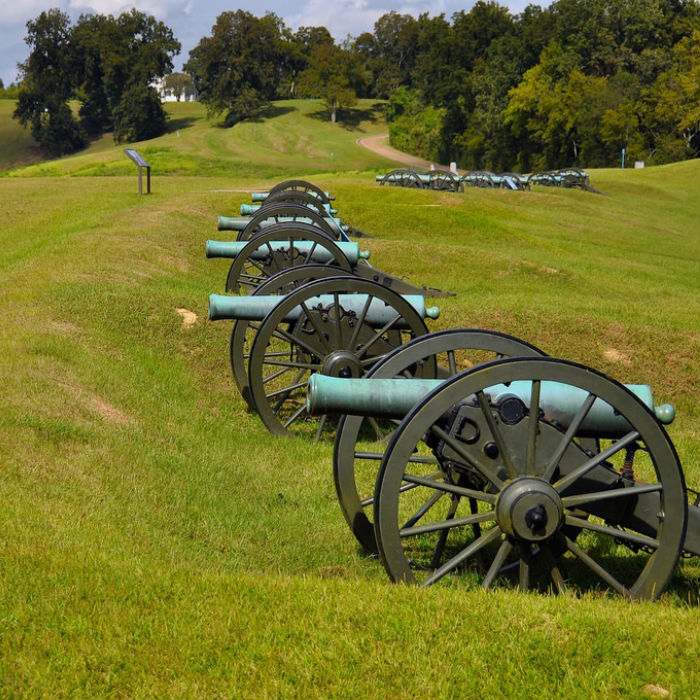
Vicksburg National Military Park
Moving east, we come upon “the key” to the Confederacy – Vicksburg. Near unimaginable today (well, maybe not this year) two U.S. presidents faced off for the future of a fledgling United States. Both leaders knew this vital dividing point along the Mississippi River. Entrance fee: $5 and up.
[/roundup-item]
[roundup-item]
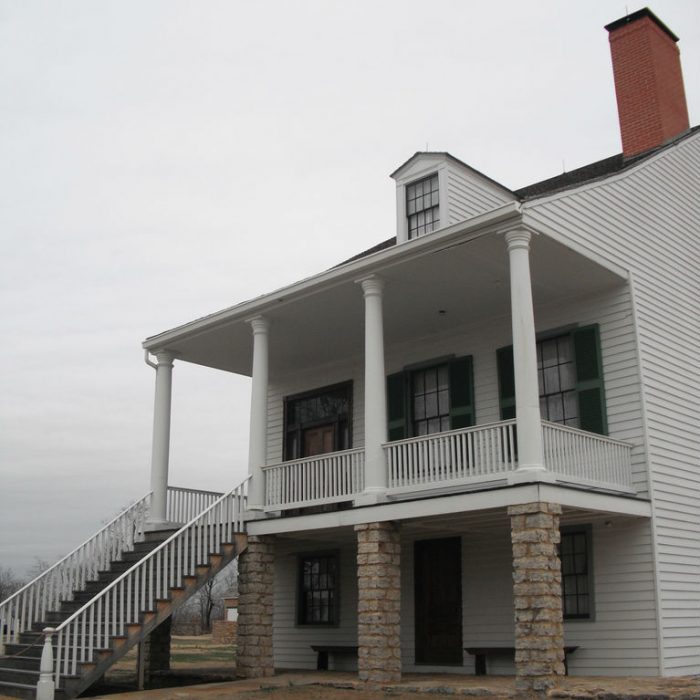
Fort Scott, Kan.
Up into America’s interior and a major supply point during the Civil War. Fort Scott housed soldiers from across the heartland on their way to the battlefront. Its storied past is told through reenactment tours of the fighters, surgeons, and townspeople who called it home. Entrance fee: Free.
[/roundup-item]
[roundup-item]
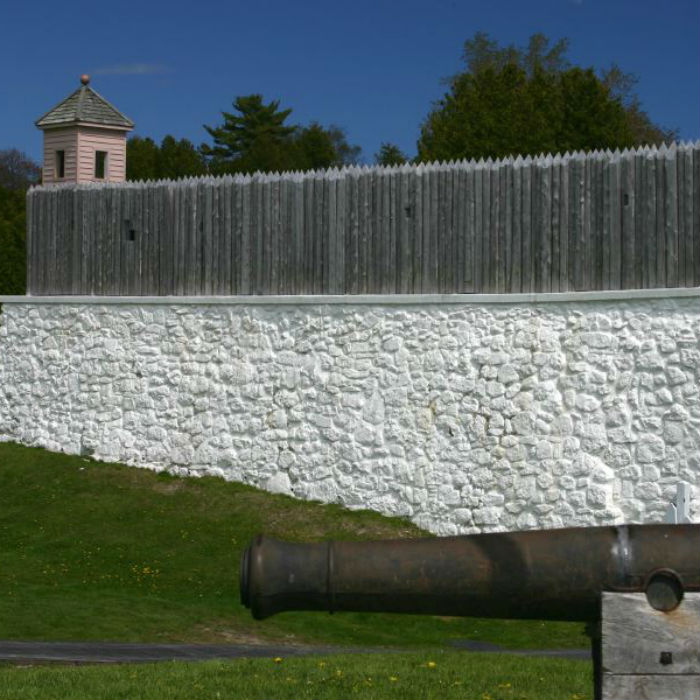
Fort Mackinac – Mackinac Island, Mich.
Near the Great Lakes lay a monument to some of the country’s earliest conflicts. Initially built by the British during the Revolutionary War, Fort Mackinac was later garrisoned by American troops during the War of 1812. Today it is a 14-building museum and state park. Entrance fee: $7-$12.
[/roundup-item]
[roundup-item]
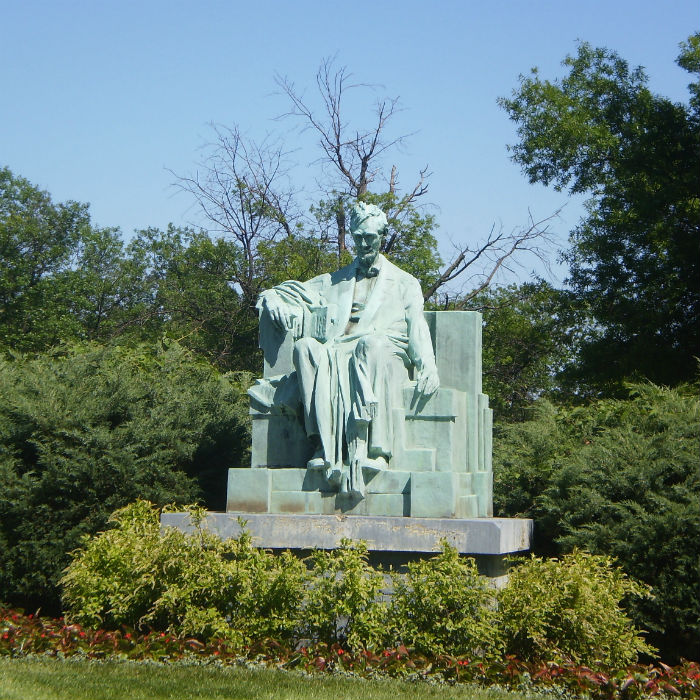
Fort Abraham Lincoln – Mandan, N.D.
In the plains of North Dakota there is an excellent spot to visit for a Memorial Day weekend camping trip – Fort Abraham Lincoln. It is rich in Native American influence, with reconstructed earthlodges from the Mandan Indians. Perhaps most notably, though, is the Fort’s notorious history as the place from which Custer embarked on his fateful march to Little Big Horn. Entrance fee: $5.
[/roundup-item]
[roundup-item]
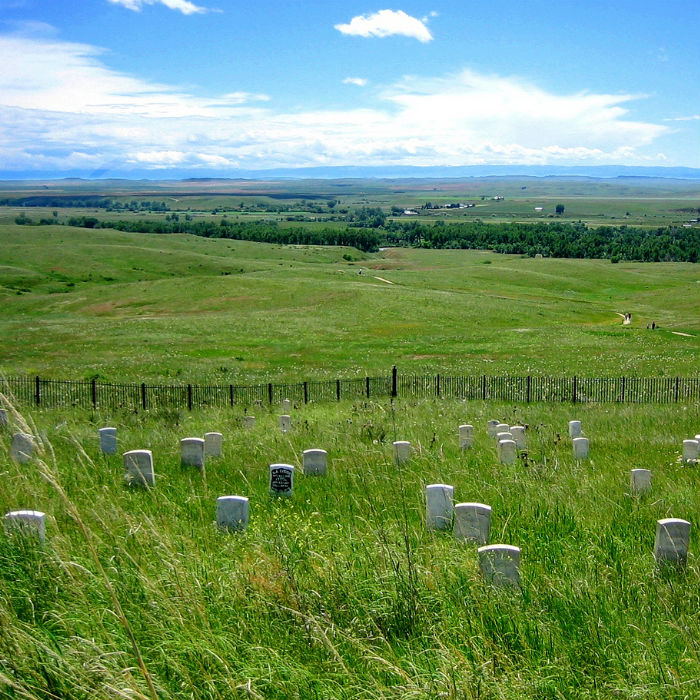
Little Big Horn Battlefield – Crow Agency, Mont.
Speaking of Custer’s last stand, that battlefield at Little Big Horn is a historic site not to be missed. The scattered gravestones are a grim reminder of America’s tumultuous, and not always virtuous, military past. Entrance fee: $10 and up.
[/roundup-item]
[roundup-item]
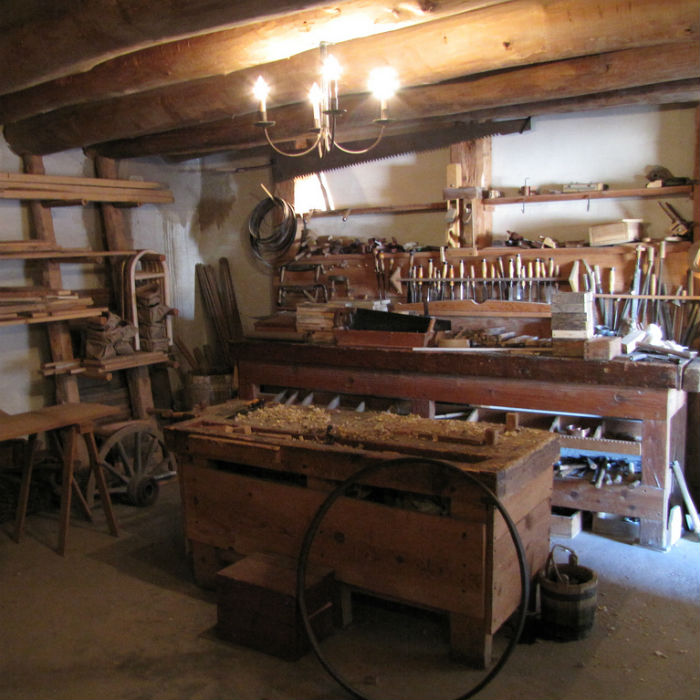
Bent’s Old Fort – La Junta, Colo.
Deeper into the Rockies is a peaceful testament to the lives of early Americans. Bent’s Old Fort was no battlefield; as a Memorial Day tribute, it reveals the rich cultural exchange that happened in 19th-century America as a young country grew and fought. Entrance fee: Free for 2016.
[/roundup-item]
[roundup-item]
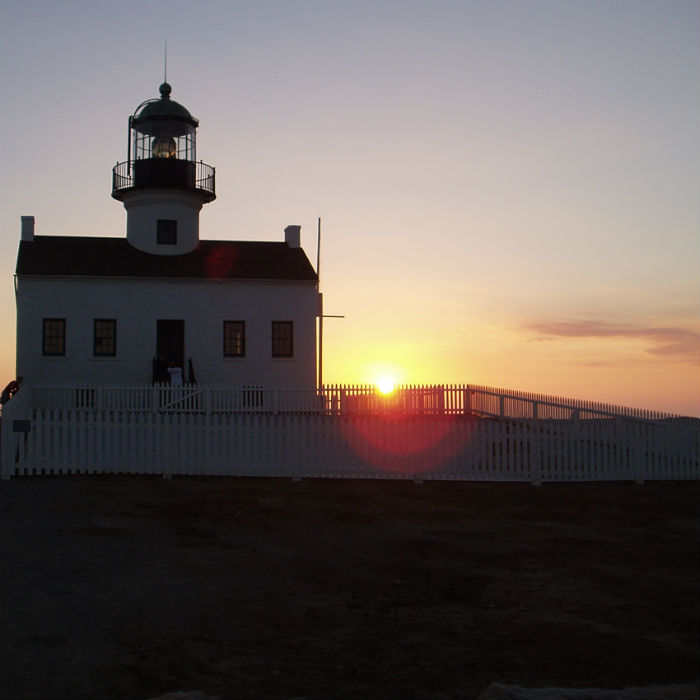
Point Loma – San Diego
The southwest was not often on the battle front of early American war, but it was none the less home to some of the country’s most important outposts. A major defensive station during World War II, the bunkers of Point Loma sit in the shadow of its famous lighthouse. Visit the bunker of Fort Rosecrans to see the battlements used to protect America’s coast during the second great war. Entrance fee: $5-10.
[/roundup-item]
[roundup-item]

Fort Craig – Socorro, N.M.
Finally, the site of the largest Civil War battle in the southwest, Fort Craig lies along El Camino Real de Tierra Adentro (the Royal Road to the Interior Lands), a 1,200-mile colonial trail between Santa Fe and Mexico City. Despite standing in the far south, the fort remained under Union control through the Civil War. Entrance fee: Free.
[/roundup-item]







